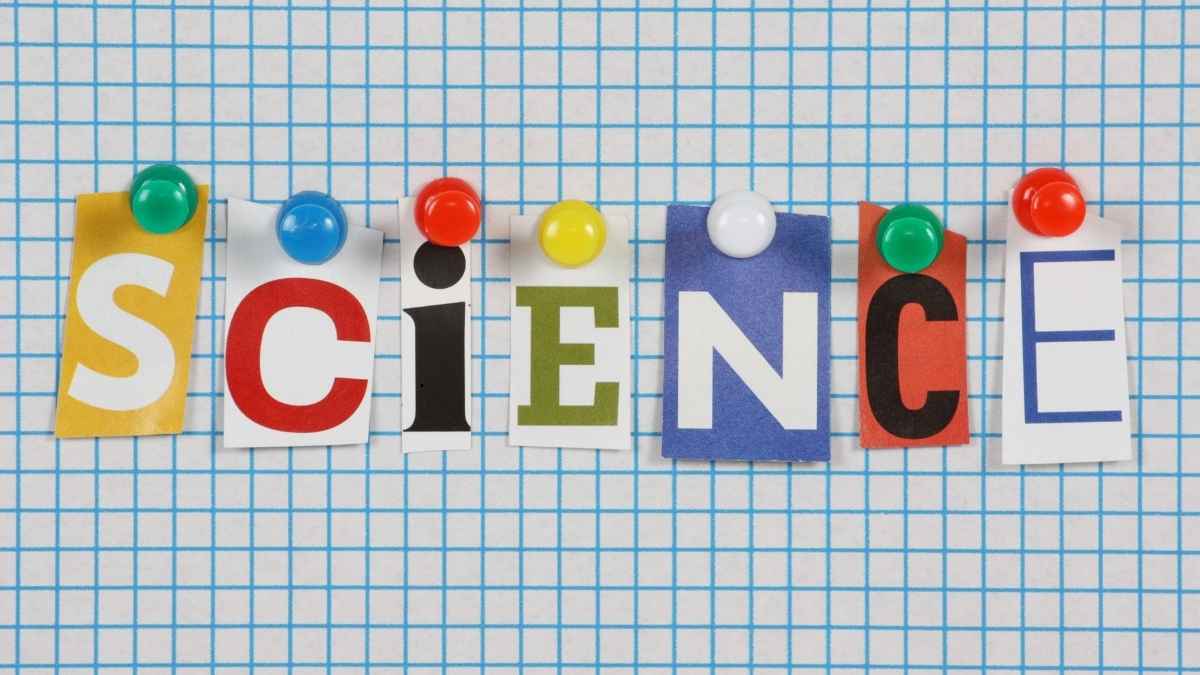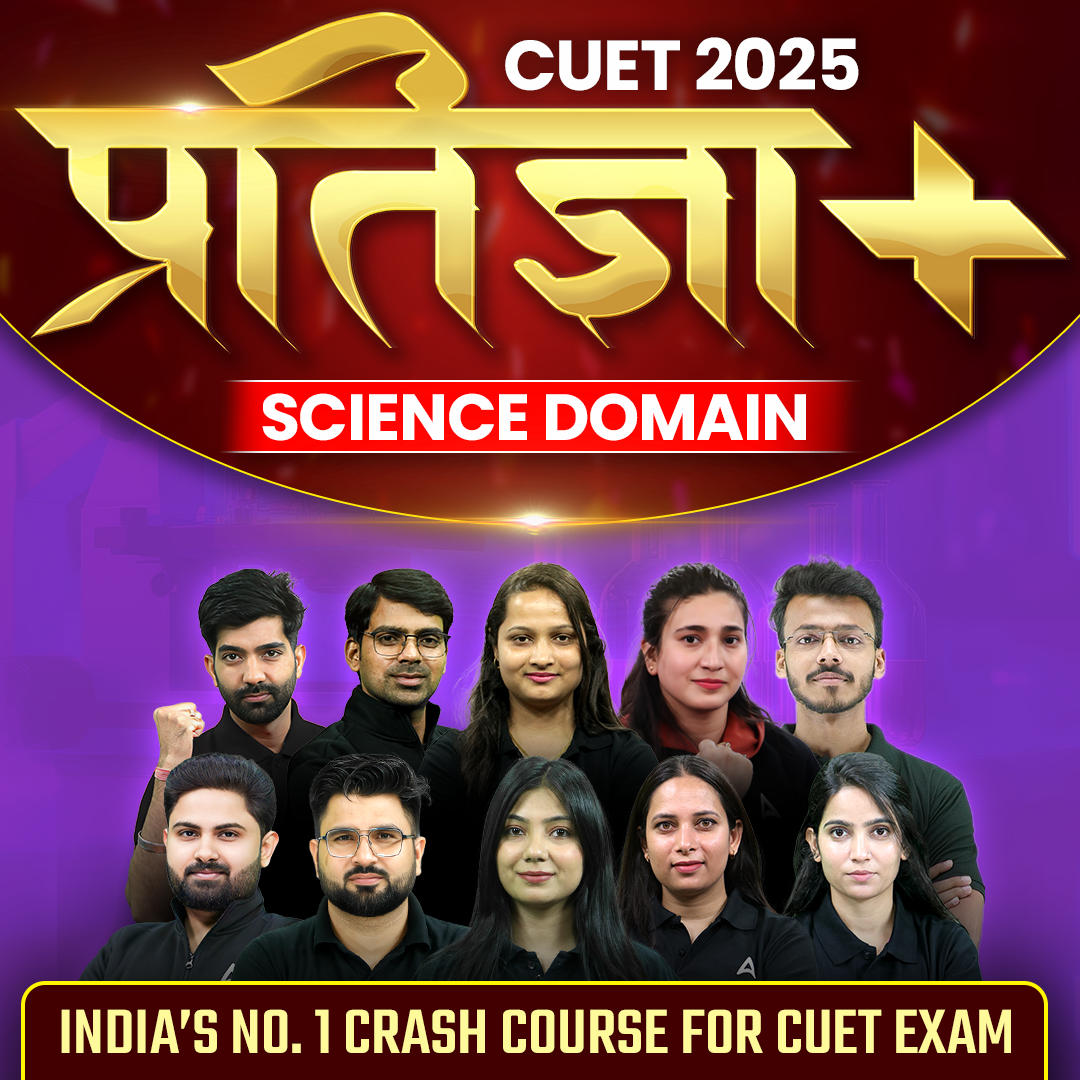Table of Contents
The Central Board of Secondary Education has released the CBSE Class 10th Science Sample Paper 2024-25 at its official website making them easily accessible for all the students. The board has also published the marking scheme sharing the right answers to all the questions asked in the sample paper so that students can compare and evaluate their performance. The board has done this to ensure that students have their preparations completed on time along with enhanced confidence of solving the question papers following the same exam syllabus and exam pattern.
Download Previous Year’s Class 10 Science Sample Paper PDF
CBSE Class 10 Science Sample Paper 2024-25
The CBSE Class 10 Science sample paper is a helpful tool for exam preparation. It covers important topics like Chemical Reactions, Electricity, Life Processes, and Light: Reflection and Refraction. By solving these papers, students can practice different types of questions and improve their time management skills. The 2024 sample paper includes questions from the entire syllabus, with 50% competency-based questions. It contains both short and long questions, helping students review key concepts. Practicing with the sample paper boosts confidence and improves performance, making it a valuable resource for better results in the final exams.
Note: Central Board of Secondary Education has released the CBSE Class 10 Sample Paper 2024-25 for all the subjects (Science, Hindi, English, Computer Applications) along with the skill-based subjects.
Download Class 10 Science Sample Paper 2024-25 Marking Scheme
CBSE Class 10 sample papers help students practice the type of questions that might appear in the exam. They show the CBSE Class 10 exam pattern, including the types of questions and the marks they carry. By solving these papers, students understand how to manage their time and check which topics need more focus. It also reduces exam fear as students get familiar with the format. Practicing regularly with these papers boosts confidence and helps improve performance in the actual exam. In short, they help students prepare better and score higher.
| CBSE Class 10 Science Sample Paper 2024-25 With Solution PDF | |
| Sample Paper PDF | Solution PDF |
| CBSE Class 10th Science Sample Paper 2024-25 | Solution Link |
Check :- CBSE Class 10 Result 2025
Class 10 Science CBSE Board Exam Pattern 2025
The board exam format helps students understand what to expect in the paper, including the types of questions like objective, short, and long answers, along with the time limit and overall structure. The Science paper is split into five sections: A, B, C, D, and E, with a total of 39 compulsory questions. However, about 33% of the questions will have internal choices. Also, 50% of the marks are for competency-based questions, focusing on practical understanding and skills. This clear structure makes it easier for students to prepare and highlights the importance of learning concepts deeply, not just memorizing facts.
- Section A would have 16 simple/complex MCQs and 04 Assertion-Reasoning type questions carrying 1 mark each.
- Section B would have 6 Short Answer (SA) type questions carrying 02 marks each.
- Section C would have 7 Short Answer (SA) type questions carrying 03 marks each.
- Section D would have 3 Long Answer (LA) type questions carrying 05 marks each.
- Section E would have 3 source-based/case-based/passage-based/integrated units of assessment (04 marks each) with sub-parts of the values of 1/2/3 marks.
Previous Year’s Class 10 Science Sample Paper PDF With Solution
All the students who are to appear in the class 10 final examinations can now access the previous year’s class 10 science paper PDF with solution to complete preparations on time from the table below. Students can check the year-wise sample papers and test their understanding for the science exam.
| Previous Year’s Class 10 Science Sample Paper PDF with Solution | |||
| Year | Subject | Sample Question Paper | Marking Scheme |
| 2023-24 | Science | Click Here | Click Here |
| 2022-23 | Science | Click Here | Click Here |
| 2021-22 Term A | Science | Click Here | Click Here |
| 2021-22 Term B | Science | Click Here | Click Here |
| 2020-2021 | Science | Click Here | Click Here |
| 2019-2020 | Science | Click Here | Click Here |
| 2018-2019 | Science | Click Here | Click Here |
| 2017-2018 | Science | Click Here | Click Here |
| 2016-2017 | Science | Click Here | Click Here |
| 2015-2016 | Science | Click Here | Click Here |





 Class 12 Informatics Practices CBSE Samp...
Class 12 Informatics Practices CBSE Samp...
 CBSE Class 12 Computer Science Sample Pa...
CBSE Class 12 Computer Science Sample Pa...
 CBSE Class 12 Accountancy Sample Paper 2...
CBSE Class 12 Accountancy Sample Paper 2...









